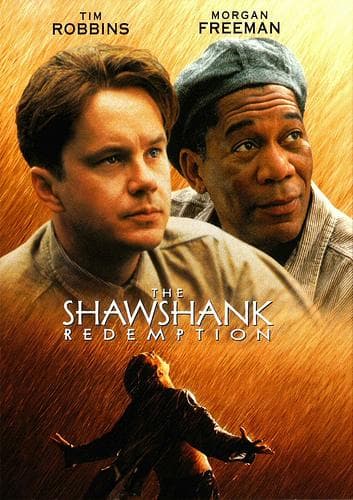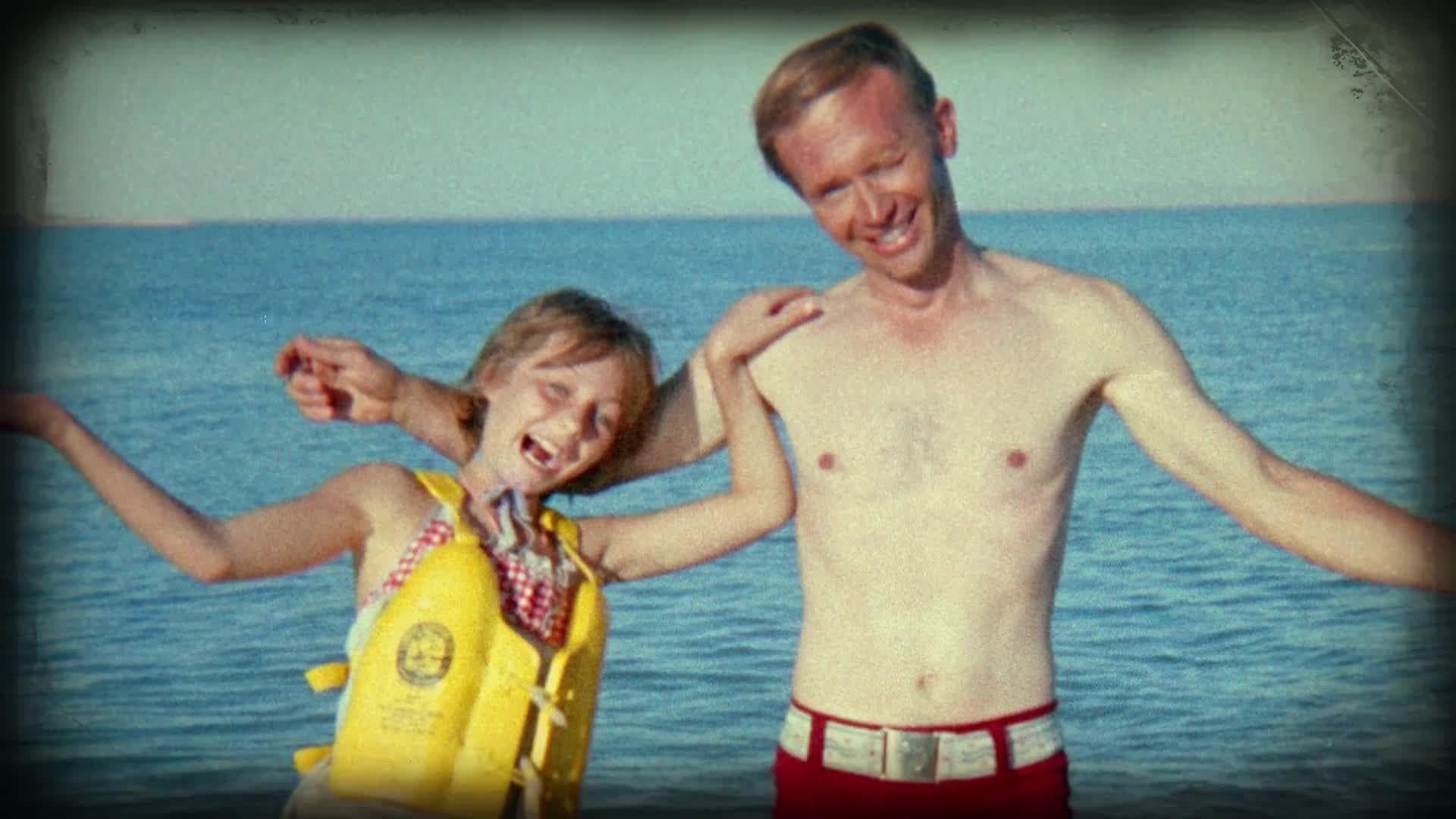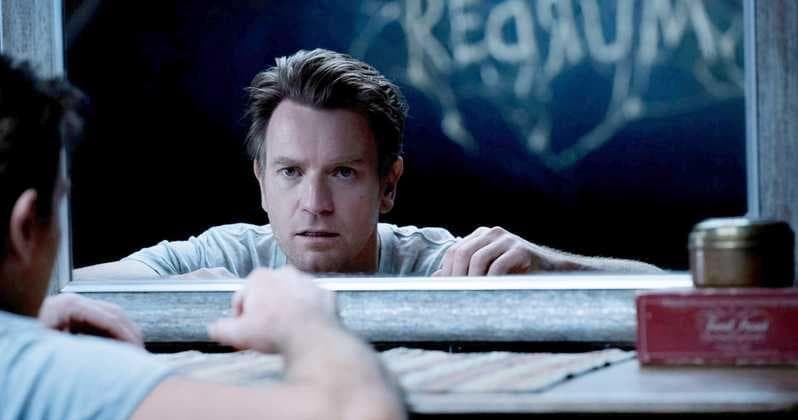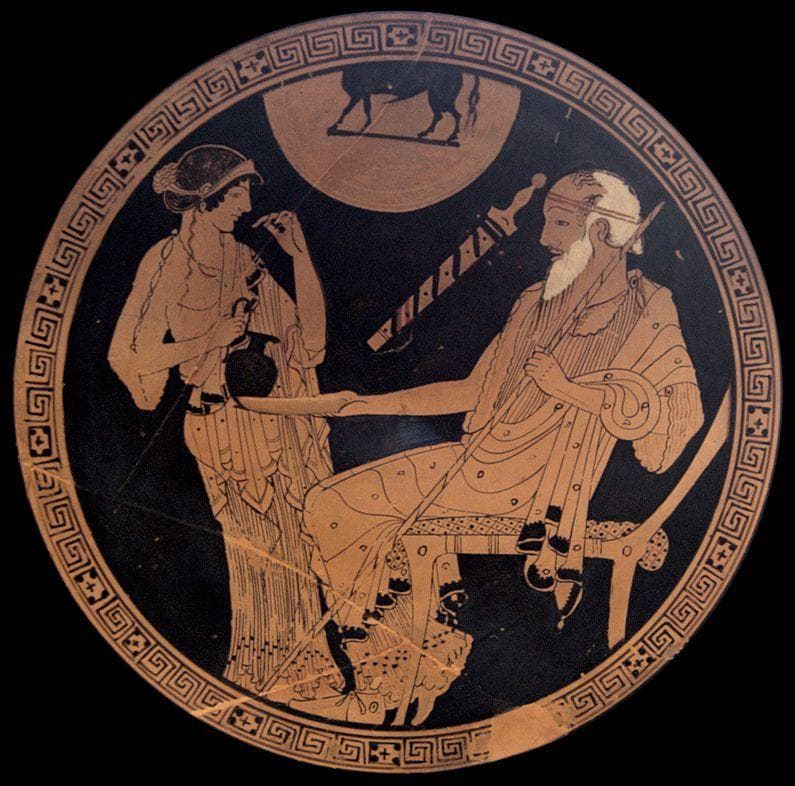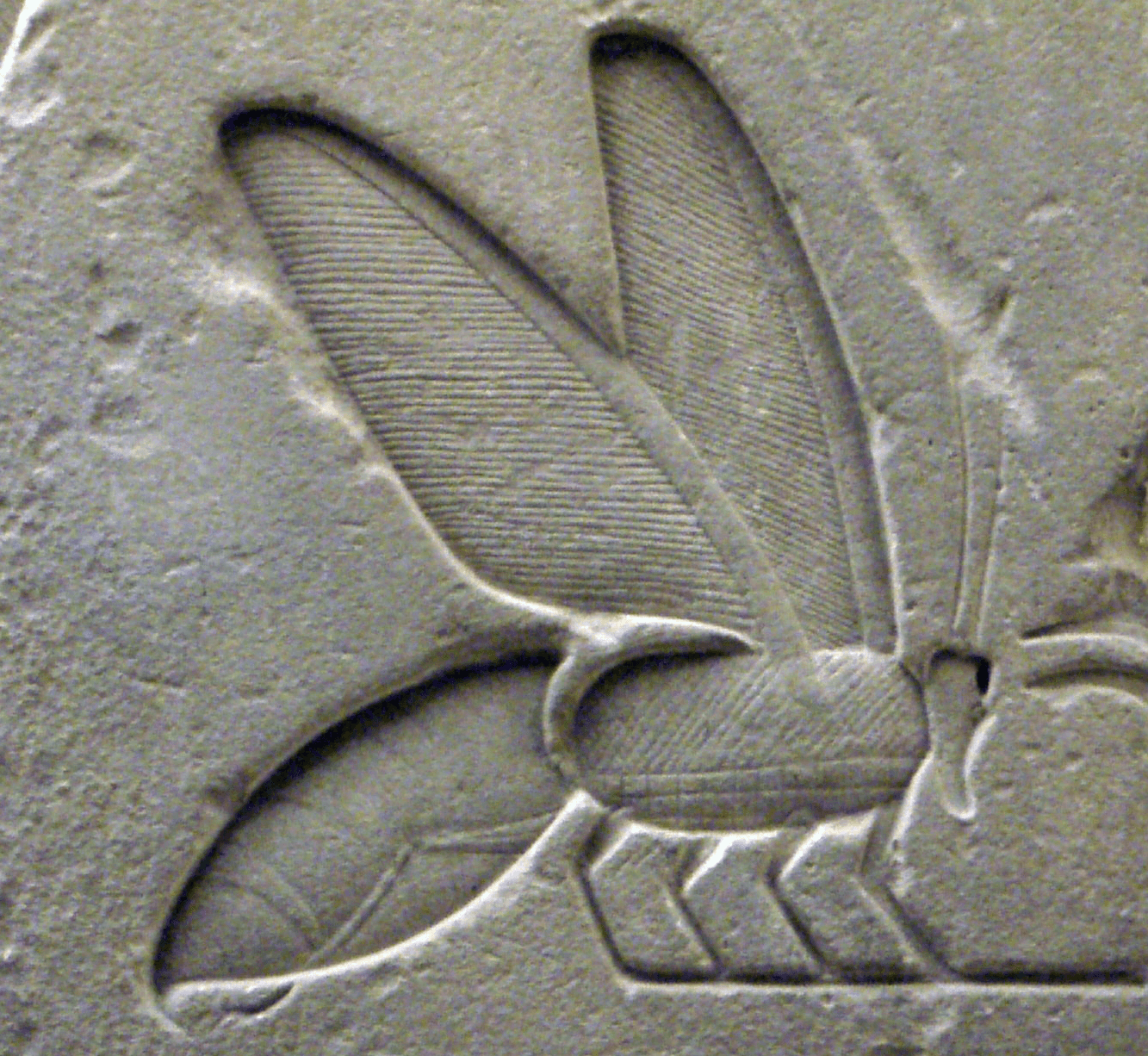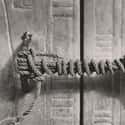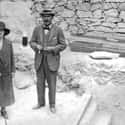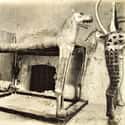-
(#1) An Archaeology Team Thought It Had Discovered King Tutankhamun’s Tomb In 1907
When archaeologist and financier Theodore M. Davis and his team found items with Tutankhamun's name on them in 1907, they believed they had found the former pharaoh's tomb. Headed by Edward R. Ayrton, the group opened tomb KV54 and were underwhelmed by the contents.
Davis was a trained lawyer who spent more than a decade excavating Egypt's Valley of the Kings. Sited along the Nile in Upper Egypt, the Valley was the burial site of most pharaohs from the 18th to the 20th dynasties (roughly 1540 to 1075 BCE).
Davis made numerous discoveries during his excavations but, once he located some of King Tut's artifacts, he didn't feel compelled to keep looking. Rather, Davis declared his task complete. Little did he know that he was only a few feet away from the real tomb.
-
(#2) British Archaeologist Howard Carter Explored The Valley Of The Kings Long Before Discovering KV62 In 1922
As Theodore Davis conducted excavations throughout Egypt, Howard Carter also spent his time in Thebes (now called Luxor). By the time he was appointed the Chief Inspector of the Egyptian Antiquities Service (EAS) in 1899, Carter had participated in numerous excavations, working closely with archaeology pioneers like Egyptologist Flinders Petrie to hone his own skills.
Carter supervised numerous excavations while with the EAS, including those of Theodore Davis. In 1904, Carter was sent to lower Egypt, but the following year, he resigned from his position with the EAS.
It wasn't until 1907 that Carter came under the employ of George Edward Stanhope Molyneux Herbert, the Fifth Earl of Carnarvon. Lord Carnarvon would fund Carter's extensive excavations in the Valley of the Kings (or, to view it another way, Carter headed all of Carnarvon's searches) up to and including the discovery of King Tutankhamun's tomb in 1922.
In the 15 years leading up to finding King Tut's tomb, Carter found several looted tombs and sepulchers with coffins, statuary, and other funerary items. During WWI, Carter and Carnarvon halted their excavations, only to resume them after WWI came to an end.
As Carter and Carnarvon teamed up again the Valley of the Kings in 1917, they had little in the way of discovery until 1922. In November of that year, Carter and his team entered King Tut's burial chamber, dubbed KV62, for the first time.
-
(#4) Carter Was Overwhelmed At What He Saw When He First Entered
In the three weeks between first discovering the staircase and opening the tomb (Carter had to wait for Lord Carnarvon to arrive from England) Carter and his workers cleared as much debris as they could. Their efforts revealed a total of 16 stairs and an impression on the doorway that clearly read "Tutankhamun." Carter could also tell that the tomb had been opened and reclosed at least twice at some point in time, indicating it had may have been used more than once.
Lord Carnarvon and his daughter, Lady Evelyn Herbert, made their way to Egypt, arriving in Cairo on November 20, 1922. Six days later, Carter, his benefactor, and a group of observers opened the door to the main burial chamber. In Carter's words:
It was sometime before one could see, the hot air escaping caused the candle to flicker, but as soon as one's eyes became accustomed to the glimmer of light the interior of the chamber gradually loomed before one, with its strange and wonderful medley of extraordinary and beautiful objects heaped upon one another....
Our sensations and astonishment are difficult to describe as the better light revealed to us the marvelous collection of treasures.... The first impression of which suggested the property-room of an opera of a vanished civilization. Our sensations were bewildering and full of strange emotion.
-

(#7) Carter Used Harsh Methods Like Yanking Limbs Apart And Pouring Hot Wax On The Mummies To Remove Them
Throughout his long excavation of King Tut's tomb, Carter kept meticulous notes, drew pictures, and detailed his findings with precision. That said, Carter wasn't always gentle in handling the objects he found, nor did he apply a soft hand to his work on the body of the pharaoh.
Archaeology was making great strides as a science and as a profession, but, as Carter tried to remove Tutankhamun's body from his nested coffin, he resorted to aggressive techniques. In order to melt away the resins holding the coffins together, Carter placed them into the hot sun. When that didn't work, the excavation team lined up several paraffin lamps to try to dislodge the coffins, increasing the temperature around them to as much as 932° F.
The body of King Tut was in, according to Carter, "poor condition," prompting him to instruct his colleague, Dr. Douglas Derry, to cover it in wax before cutting open the wrappings. Slowly, the archaeologist removed the bandages from the body but could not extricate the mask from the body. In the end, they, "used hot knives for the purpose," an alternative to wielding "a hammer chisel to free it."
Throughout this process, Carter removed amulets, jewels, and other items attached to the wrappings around King Tut's body. By the time the archaeologists were done with the body; however, it had been picked apart, pulled into pieces at the joints, and the head had been removed.
-
(#5) Although Portions Of The Tomb Had Been Robbed, Tutankhamun’s Tomb Was Significant Because The Items Inside Were Intact, Not Fragments
Once inside King Tut's tomb, Carter, Carnarvon, and the team of workers began what would become an eight-year excavation. They would come to discover that the burial site was made up of numerous sections - a foyer, an antechamber, a burial chamber with adjacent treasury, and an additional annex.
While the majority of the items inside were in relatively good shape, it was clear that at some point, according to Carter, "the tomb...had been entered - by thieves!" The antechamber, which contained household wares, statuary, and items related to the funerary process, had clearly been compromised. The small annex, home to almost half of the contents of the tomb, experienced the most looting, while the burial chamber itself contained the elaborate coffin of the pharaoh.
Within the treasury, Carter found, "a large shrine-shaped chest, completely overlaid with gold, and surmounted by a cornice of sacred cobras. Surrounding this, free-standing, were statues of the four tutelary goddesses of the dead - gracious figures with outstretched protective arms, so natural and lifelike in their pose, so pitiful and compassionate the expression on their faces, that one felt it almost sacrilege to look at them."
Even with signs of disturbance, Carter was thrilled at the prospect of having "found a royal burial little disturbed save hurried plundering at the hands of ancient tomb robbers." Instead of smaller pieces and fragments of objects, Carter and his cohort found entire objects, much more representative of a royal burial and devoid of the lingering questions, confusion, and speculation that accompanied many excavations.
-

(#9) New CT Scan Technology In the 2000s Revealed Additional Information - And Questions - About King Tut, Including His Numerous Ailments
In the decades since Howard Carter's work on King Tut's tomb, remains, and objects, there have been relatively few revelations brought forward about the young pharaoh by the scientific community.
During the initial autopsy on the body in 1925, researchers determined Tutankhamun was between 17 and 20 years of age when he died, something later scholars were able to pinpoint more precisely to 19 years of age after performing a CT on the body. In terms of size, King Tut was originally thought to be about 5 feet 6 inches tall, a height that was later revised to 5 feet 11 inches tall.
The real mysteries surrounding Tutankhamun, however, involve how he perished. The use of modern technology has allowed researchers to delve deep into this issue, taking into consideration theories from birth defects to malaria to an infection resulting from one of the many wounds found on his remains.
In 2005, a CT scan of Tutankhamun's remains may have finally solved the mystery of how the pharaoh met his end. According to the test, King Tut had an infection in his body, perhaps something that arose in conjunction with his recently broken leg. More recently, DNA testing in 2010 indicated that Tutankhamun had malaria, perhaps a deadly ailment due to an immune system weakened by inbreeding.
New Random Displays Display All By Ranking
About This Tool
When the tomb of ancient Egyptian pharaoh Tutankhamun was discovered in November 1922, the whole world was fascinated by it. One of the reasons why archaeologists adore Tutankhamun so much is that most of the relics in this tomb are intact and it filled with extremely rich treasures. This tomb is located in the Valley of the Kings near Luxor. In the history of ancient Egypt, pharaohs and powerful nobles were buried here for about 500 years.
The treasures in Tutankhamun’s tomb are on tour around the world, and most of the treasures are on display in the Egyptian Museum in Cairo, Egypt. These ancient cultural relics continue to glow with charm in the 21st century. The random tool lists 12 interesting details about the archaeological discovery of king Tut’s tomb.
Our data comes from Ranker, If you want to participate in the ranking of items displayed on this page, please click here.



